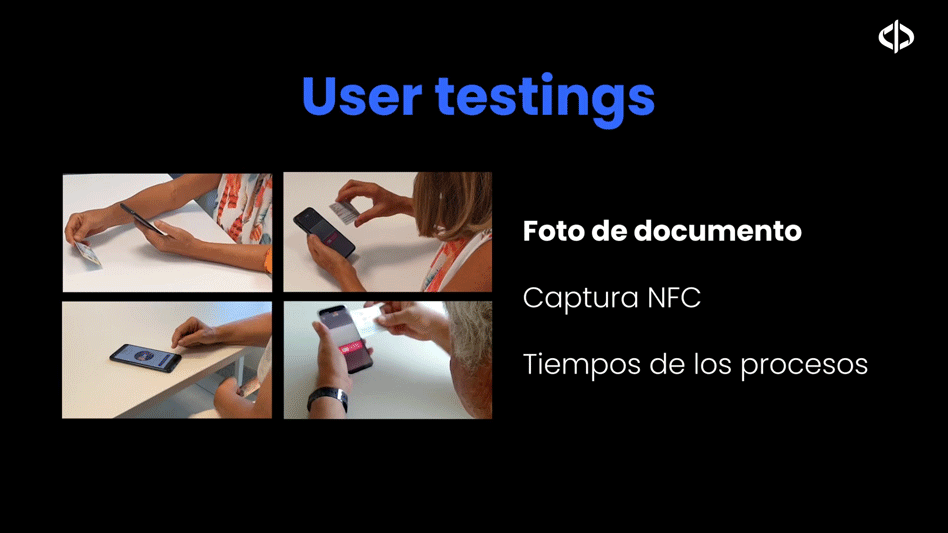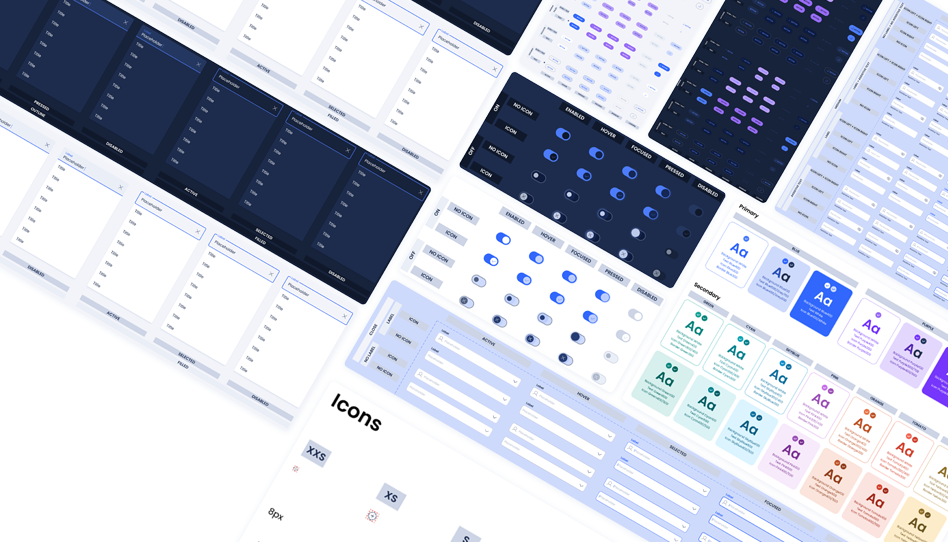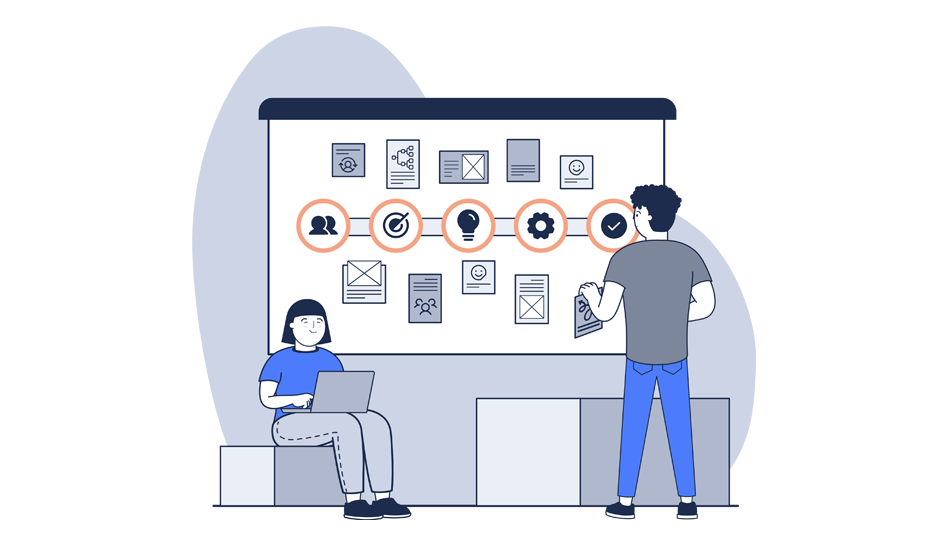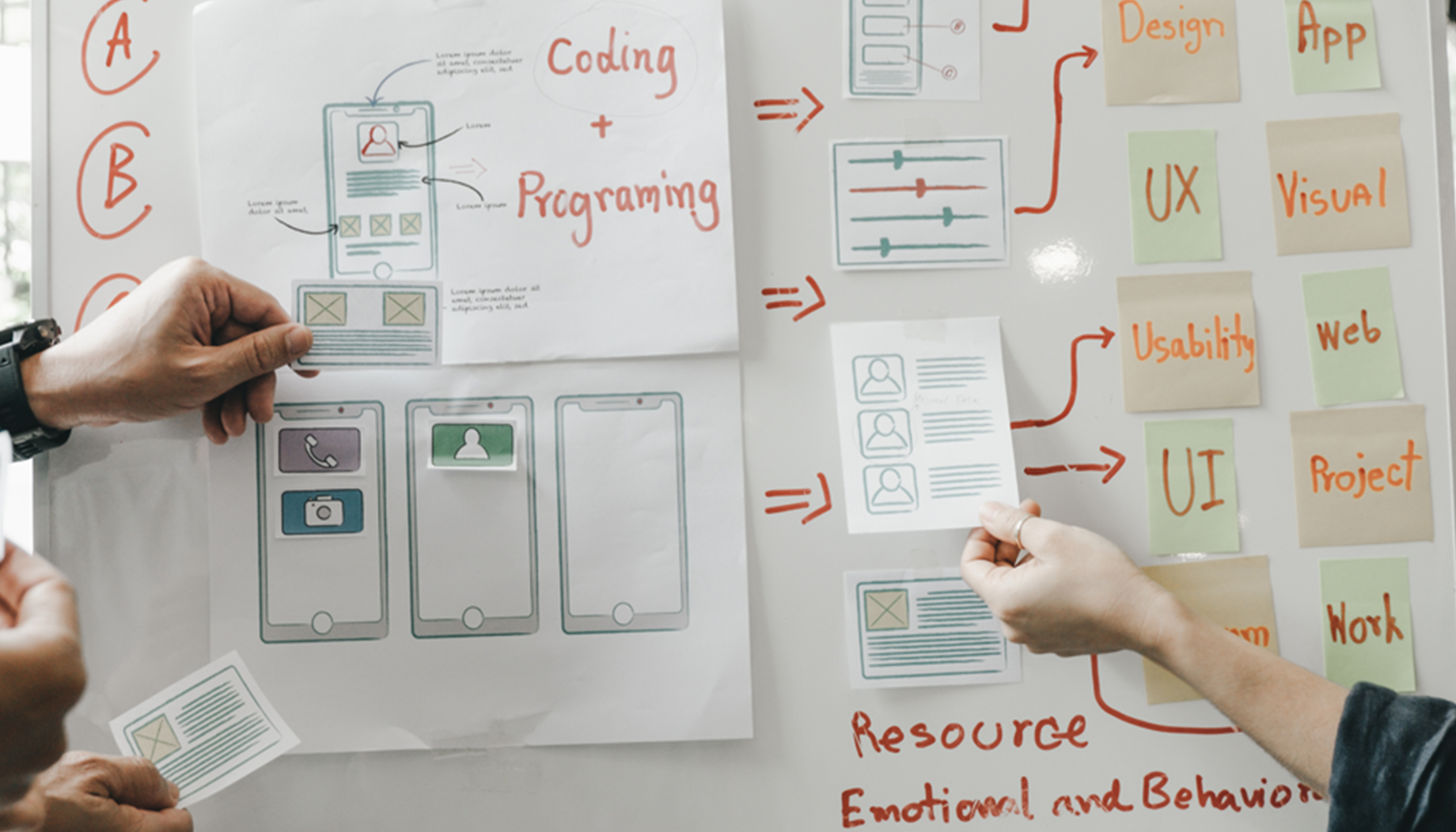X design and user experience are no longer “extras”—they’re essential strategic factors. In a world where technology is advancing rapidly and users are increasingly demanding, creating human-centered digital experiences is critical to the success of any digital product.
By María Victoria Tomasek, UX UI Director
Today, UX design isn’t just the final stage of development or a visual detail—it’s a fundamental pillar for differentiation, adoption, and engagement. As a UX professional working in agile and collaborative environments, I’ve seen firsthand how design can amplify (or block) the impact of a solution.
In this article, I’ll share some of the most relevant UX trends and best practices we apply at Facephi to ensure every product not only works but makes sense and delivers real value to the people who use it.
UX trends transforming the digital experience
Generative AI and adaptive design
Generative AI is already part of the UX workflow, from creating content or wireframes to simulating user behaviors. But its real value lies in how it enables personalized experiences, designs intelligent systems, and develops more transparent, ethical, and responsible interfaces.
Immersive interfaces and new interaction languages
Augmented reality, voice assistants, and mixed environments are redefining how we interact with products. UX design is no longer limited to screens: it’s about creating three-dimensional, contextual, and multisensory experiences where disciplines like motion design, spatial design, and strategic content become essential.
Accessibility and inclusion as a design foundation
Accessibility is no longer an add-on. Today it’s a core part of the value proposition, both for ethical responsibility and for legal and competitive needs. Designing inclusive products from the start improves not only reach but also the overall quality of the experience.

UX integrated with real agility
UX design is increasingly integrated into agile teams, with short iterative cycles, data-driven decisions, and continuous validation. Tools evolve, but the principle remains the same: understanding real needs, co-creating with teams, and validating with users from the earliest stages.
Best practices for designing products that connect
Purposeful research
User research isn’t a standalone step—it’s a mindset. Understanding goals, pain points, and usage contexts helps uncover real opportunities. Techniques like semi-structured interviews, user journeys, or metrics analysis provide evidence to support design decisions.
Prototyping and continuous validation
Testing doesn’t wait for the final product. Today we work with interactive prototypes, specific flows, and early validation sessions that allow for rapid iteration. Tools like Figma, Maze, or Lookback are key allies in optimizing this process.
Functional, aesthetic, and consistent design
An interface should be intuitive, visually consistent, and true to the product’s identity. Design systems are essential for achieving this. At Facephi, we have our own system that serves as the core of all our digital products, enabling us to scale with strength, consistency, and efficiency.

Ethical and responsible design
Designing experiences also means making decisions that influence people’s behavior. UX has a key role in identifying biases, avoiding dark patterns, and encouraging informed choices. Ethics must be part of design from the start, especially when working with AI or personal data.
UX, digital identity, and trust: a perspective from Facephi
At Facephi, we are experts in digital identity. Through our biometric-based identity verification and protection solutions, we integrate security, fraud prevention, and regulatory compliance (KYC/AML) into a smart and trustworthy ecosystem.
From the UX team, we support these processes with a clear goal: to enhance every user’s experience without losing sight of what matters most—trust and the perception of security. We design for real people who are verifying their identity at critical moments: opening a bank account, signing a contract, or protecting their personal information.
Digital identity is the core. Our challenge is to make that experience simple, clear, accessible, and secure.
Experience as a competitive advantage
UX design is no longer just about aesthetics or navigation. It’s a strategic discipline that connects technology, people, and purpose. It can be the difference between a trusted, seamless experience and a frustrating one—between a user who returns and one who abandons.
At Facephi, we work closely with our clients to create experiences that respect users’ identities, adapt to local and global regulations, and strengthen security by design. UX also plays a crucial role in fraud prevention, reducing errors, and building trust in digital environments.

Thanks to the team that makes it possible
Behind every design decision, every experience improvement, and every user validation, there is a team of committed people who believe in what they do. This journey of creating more human, accessible, and secure digital experiences is only possible thanks to the talent, sensitivity, and daily dedication of those who design with people in mind.
Discover how at Facephi we design human-centered experiences that drive trust, inclusion, and digital security worldwide.
